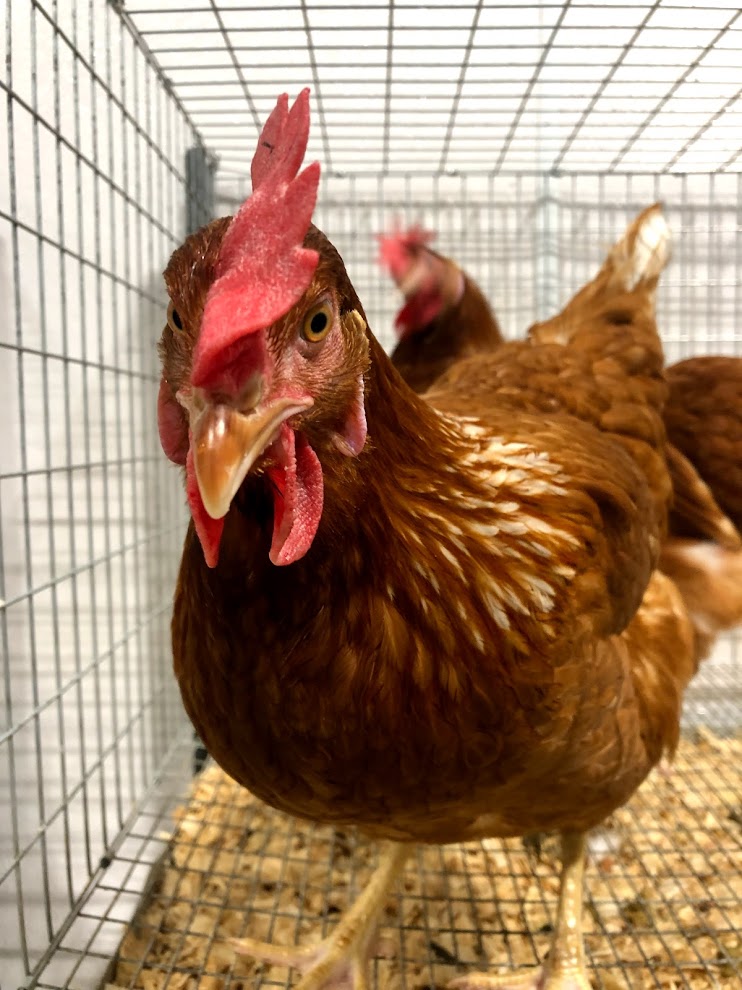Why Does Egg Production Lower in Winter?
Why are my chickens not laying eggs in the winter and how can light affect production?
“My hens used to lay one egg a day; now I am lucky if I get one egg every three days!” This is something extension professionals hear often among poultry producers this time of year. If you have laying hens, you’ve noticed a decrease in the number of eggs found in your coop each day. Many think this is because of the colder weather; however, it has to do with the amount of light your hens receive each day. The reproductive systems of laying hens are very sensitive to light exposure, especially the number of hours of light in a day. Hens perform best when they receive 14-16 hours of light per day. In the winter months, there are only 9-10 hours of light due to the days getting shorter.
To understand why the amount of light plays such a huge role, you first have to understand the poultry's reproductive system. Chickens detect light through their retinal cones in their eyes and in their pineal and hypothalamic glands in their brain. The detection of light triggers hormone production that is important in reproduction. So, if these glands do not receive the correct amount of light, egg production slows and you may not see an egg for multiple days.
In normal daylight conditions (14 hours), hens almost always lay their eggs before 3pm. After the hens lay, the process of developing the egg starts over in about 45 minutes with the release of the next ovum (yolk). The time it takes for an egg to develop, from yolk to egg, is around 24 hours. So, you usually see an egg every day.
How to increase egg production during winter months with artificial lighting
Like mentioned earlier, 14-16 hours of light is preferred for maximum laying production. In December, our days on average only have 9 ½ hours of sunlight. So, to get to the 14-hour mark, you want to add 4 ½ hours of light through artificial lighting. You want to add the extra light in the morning before the sunrise, not at night! This is very important. The reason not to add extra light after sunset is that once you turn off the light, it creates sudden darkness that stresses the birds. A natural sunset allows the birds to slowly begin to roost creating a calm environment. The type of light also makes a difference. You want to choose a “warm” wavelength bulb (appears as orange or reddish light). “Cool” wavelength bulbs (commonly used in offices or your home) will not stimulate the hen’s reproductive system. I also recommend using a timer on the light to turn it on and off. This way you can create a consistent time the light is turned on and you don’t have to get up 4 ½ hours before sunrise to turn the light on.
If you have any questions or want more information on this topic, please contact Mallory Meek, Agriculture and Natural Resources Agent, at 785-843-7058 or mgmeek@ksu.edu
